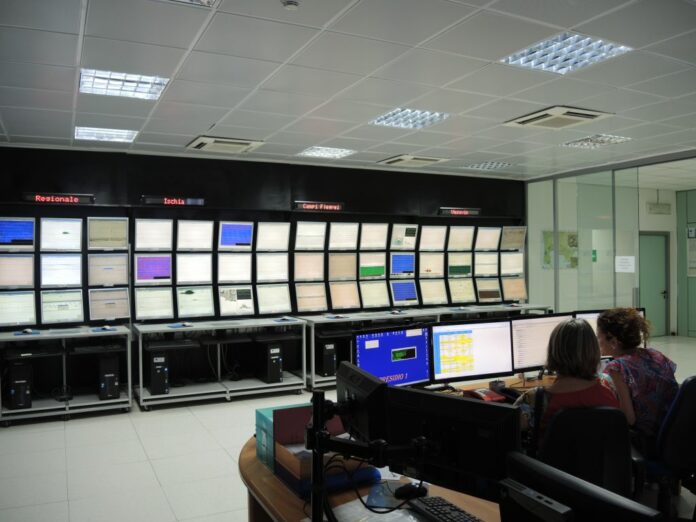
LA VALLETTA (MALTA) (ITALPRESS/MNA) – Vast quantities of fossil water has now been discovered in vast quantities deep below the Hyblean Mountains in south east Sicily. A lack of rain, dry land and a hotter climate are causing stress on fresh water sources across the Mediterranean region. The scientific study was published in Nature Portfoliòs journal Communications Earth and Environment.
According to the study carried out by Researchers from the University of Malta the Istituto Nazionale di Geofisica e Vulcanologia (INGV) and the University of Roma Tre, the volume of the groundwater source is estimated at 17.3 cubic kilometres and is preserved at depths ranging between 800m and 2,100m.
“Deep groundwater resources around the world may represent an important unconventional source of potable water that can support growing needs, also linked to global population growth,” Lorenzo Lipparini, the lead researcher said.
Professor Aaron Micallef from the University of Malta, used deep oil well analysis techniques combined with advanced 3-D modelling to document the existence of an extensive fresh or brackish groundwater body in Sicily.
The study reveals the presence of unprecedented groundwater resources in the Gela Formation, a Triassic carbonate platform in the subsurface of southern Sicily. The researchers said the fresh water body was probably formed about six million years ago when the sea level in the eastern Mediterranean basin dropped to 2,400m below the current sea level.
“We have reconstructed that this lowering of the sea level, which occurred about 6 million years ago, reached 2,400m below the current sea level, creating favourable conditions for the infiltration of meteoric waters and the accumulation and preservation of this precious water resource underground,” Lipparini said.
He said these fresh and brackish waters could have diversified uses, from potable systems to other uses in industry and agriculture.
“This innovative approach could, in fact, be extended to other areas of the Mediterranean characterised by water scarcity and similar geological conditions,” Lipparini added.
“We have utilised the team’s expertise, developed in particular in the field of oil exploration, to search, this time, for potential valuable deep groundwater resources to support sustainable development, which will also enable the challenges of water security to be addressed,” the research team said.
Damiano Chiacchieri, a PhD student at Roma Tre University and Roberto Bencini, collaborator at the University of Bologna, were the other researchers on the team.
The Project has been listed as an ‘action’ at the UN Water Conference in March 2023 and funding was provided through a Marie Curie Grant project with the University of Malta, the support of the Roma Tre University and INGV.
The results will allow further studies to identify possible new fossil water bodies in Malta, Cyprus, Tunisia, Morocco, Egypt, Lebanon and Turkey.
– Foto: Ipa Agency –
(ITALPRESS).














